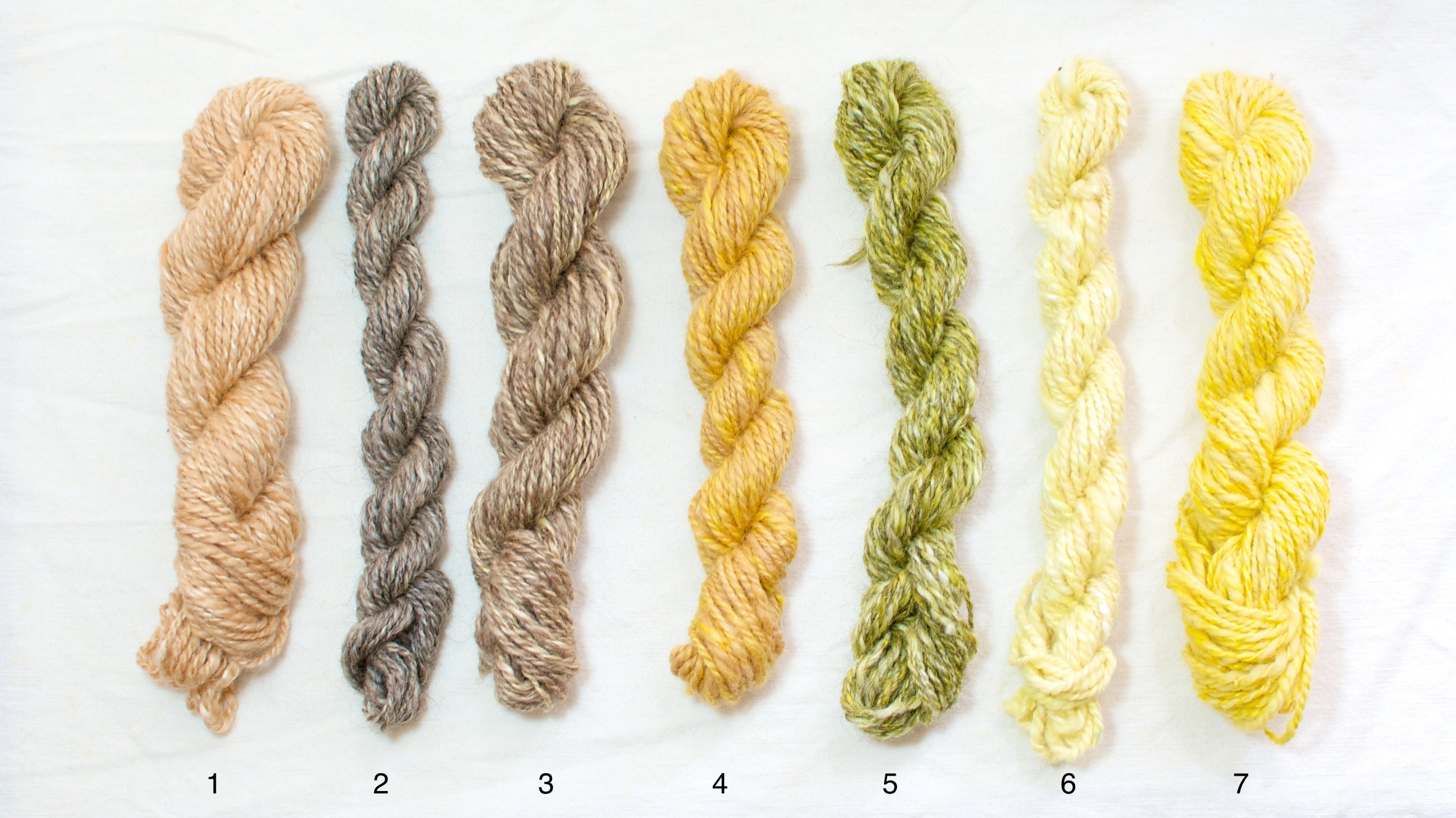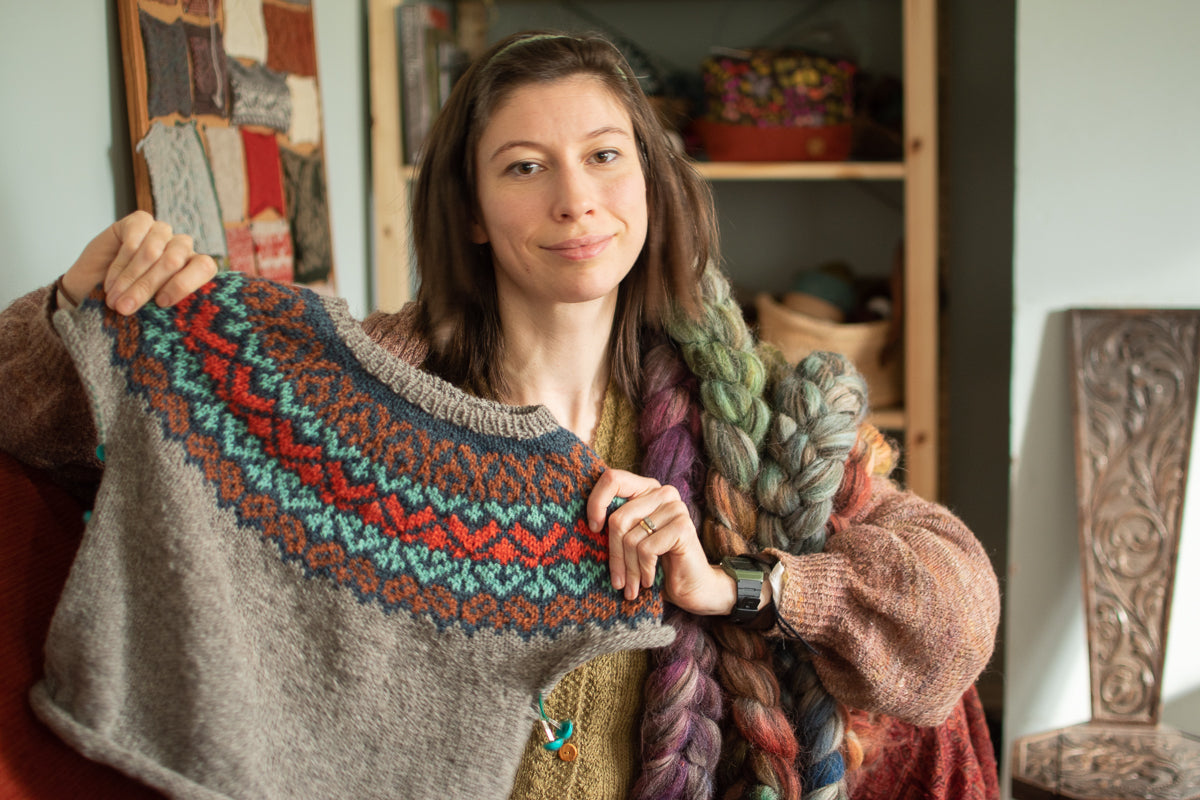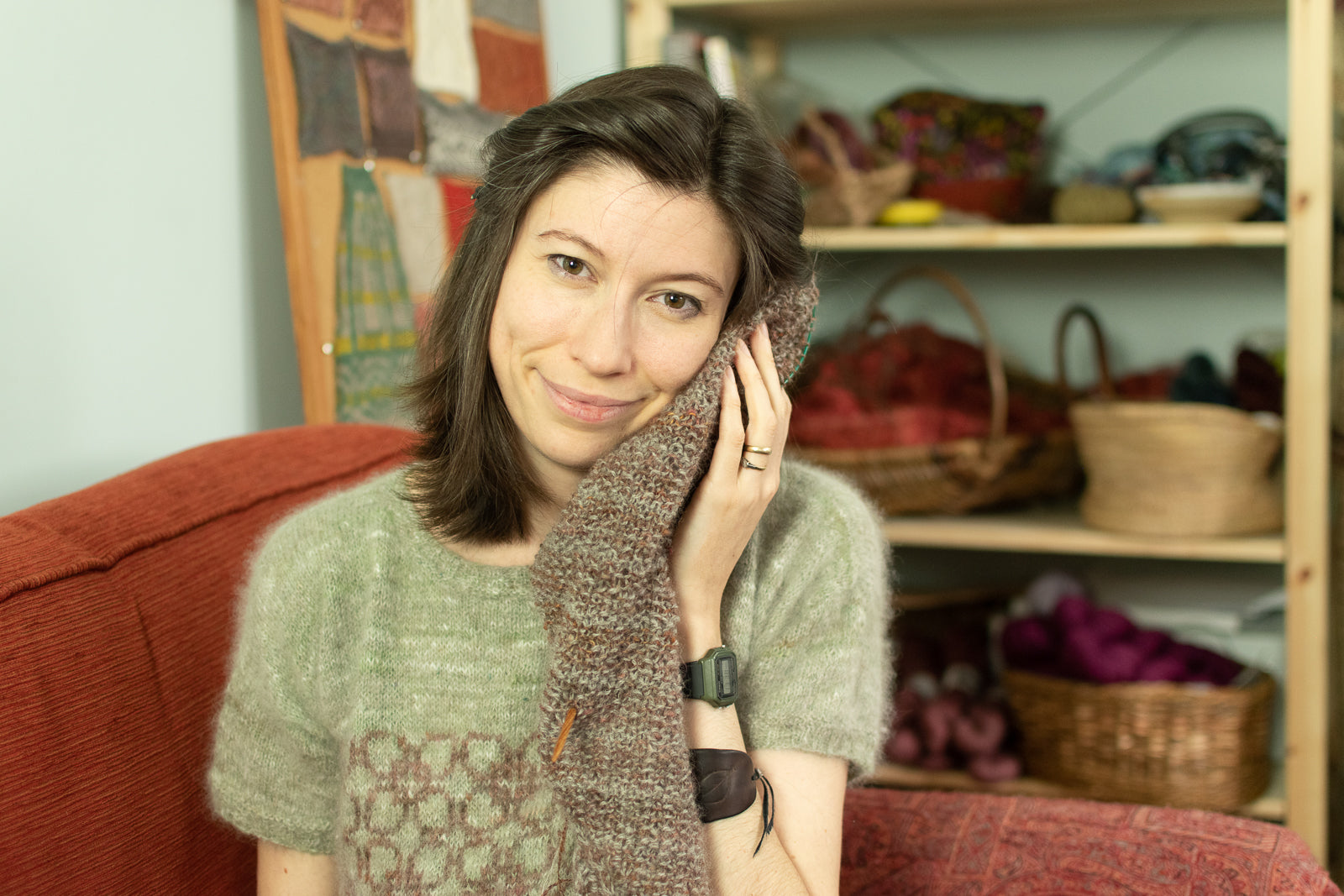Recently I’ve been conducting a series of very un-scientific experiments, dyeing and spinning a variety of plant fibres into yarn. These have really brought out the fibre-nerd in me – I promise not all of my posts will be this specific!
So far I’ve focused my dyeing efforts quite strongly on animal fibres (mostly wool, and some alpaca of late), preferring synthetic dyes for their controllable results and colour-fastness. I decided to branch out and try some more exotic fibres to perhaps include in exciting new blends, and used a couple of natural dyes, enabling me to dye both protein and cellulose fibres in the same dye bath. When using synthetic dyes, protein fibres (e.g. wool, silk, soybean) require an acidic dye bath and heat to set the colour; for cellulose fibres (e.g. cotton, linen) mildly alkaline soda ash and a cold dye bath are usually used. The process for natural dye is a little different; alum is probably the most common mordant (used to set the colour), and is used for protein and cellulose fibres.
The plant fibres I chose to try out were ramie (a type of nettle, apparently!), banana, corn, and soybean. I bought these as tops ready for spinning, and dyed them with turmeric (with alum as a mordant) and/or avocado (with no added mordant, as the tannin in avocado stones acts as its own mordant). I also dyed some Shetland tops, humbug Bluefaced Leicester tops, and grey alpaca fleece to blend with the plant fibres.

Banana: Dyed with avocado, with some turmeric accents. A very strong-feeling fibre, with a bold lustre almost like Wensleydale wool when spun up. I blended this with Bluefaced Leicester, and was surprised how easily it spun up. I suspect this is partly due to the lovely smoothness of the Bluefaced Leicester, and will have to try blending it with another fibre to see if the experience is different.
Corn: Dyed with turmeric, with some areas left white. This is a weird fibre! It’s also the only plant fibre that had a noticeable smell, and is very lightweight and a little weak. It can be very puffy and fluffy, which is rather nice, but is quite breakable. It fought quite hard against being spun to a consistent thickness
Soy: Dyed with avocado; it started off a very pale yellowy-cream colour. What can I say? I’m in love! The soy fibre shares a lot of properties with silk. It’s fine, smooth, drapey and yielding, lovely to touch, with a beautiful sheen. This really pleases me, as I love silk and have really wanted to work with it in my spinning, but can’t quite get over the disturbing amount of silkworm-death involved in its production. The soy took on the gentle pink tones from the avocado beautifully, and was just a delight to work with. I’m definitely adding this to my list of preferred fibres, and will be making an appearance in lots of hand-spun yarns soon! I did a little extra research on soy fibre, because if I’m going to use a fibre in large quantities I want to check that it aligns with my values of sustainability. It’s produced as a by-product of soya in the food industry, processed from the bean husks that are usually discarded when making tofu. It’s generally touted as being an eco-friendly fibre, which really pleases me. As well as using it in my blends for spinning I’m going to try getting hold of some woven soy fabric to see how it handles and dyes.

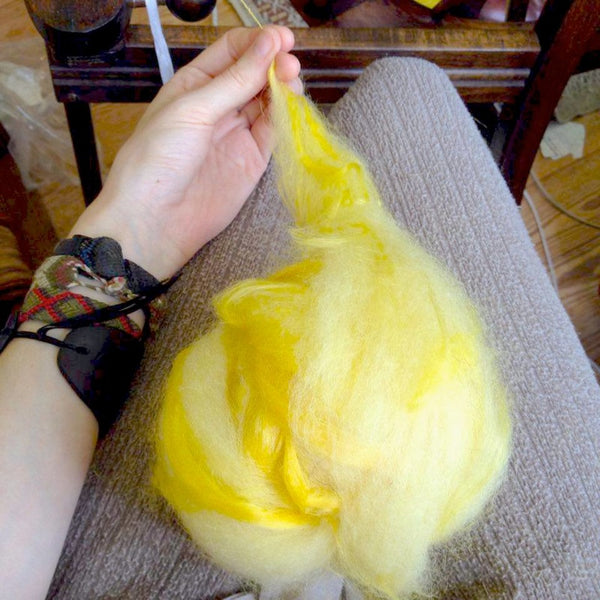
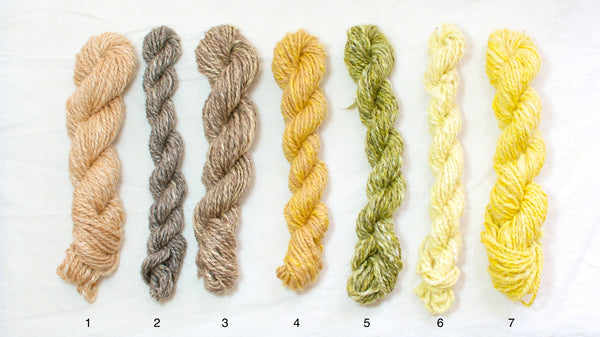
Spinners, have you tried any of these plant fibres? I haven’t really seen them used in commercial yarns, but it would be great to hear from any yarn-lovers who have come across them!
